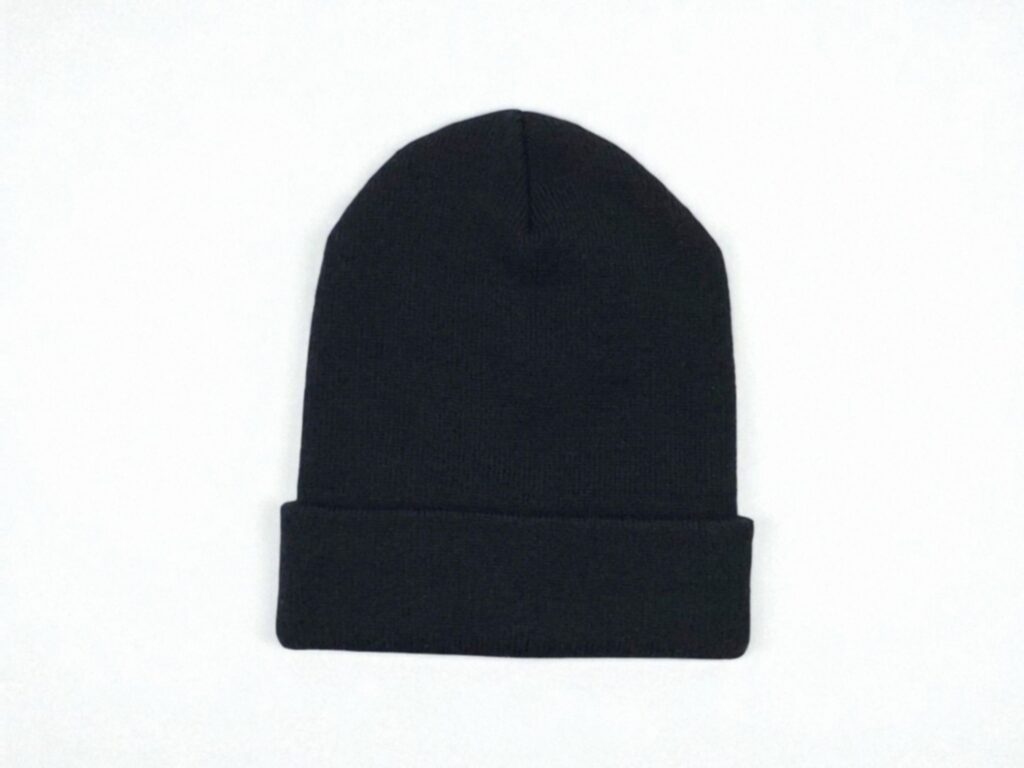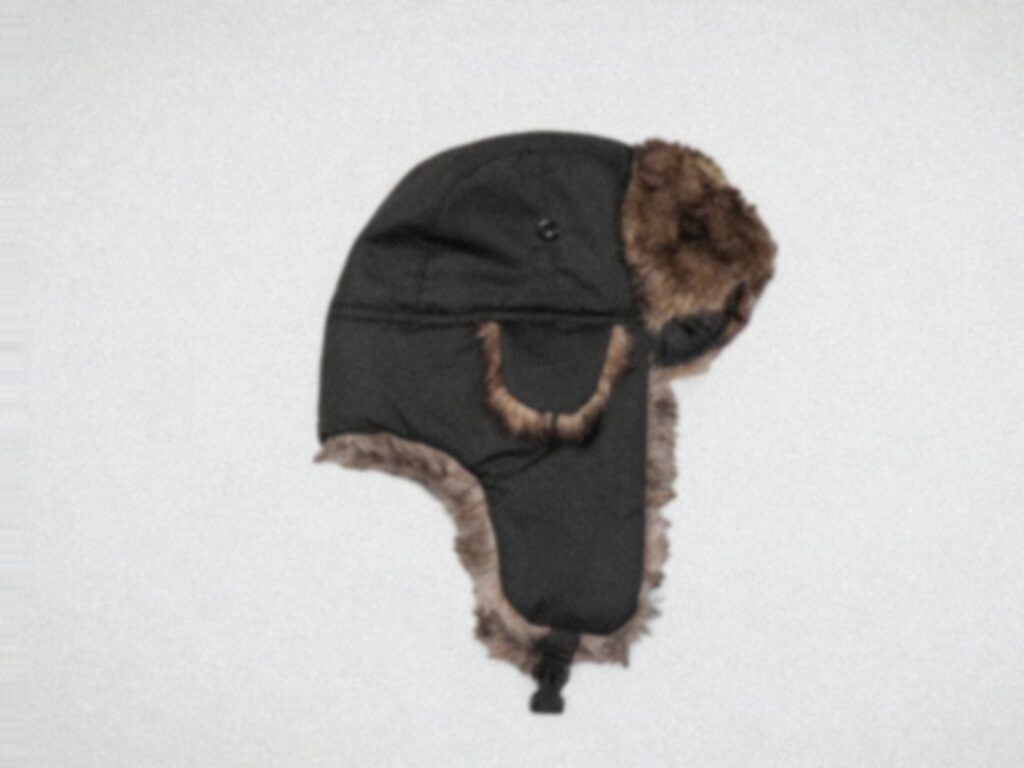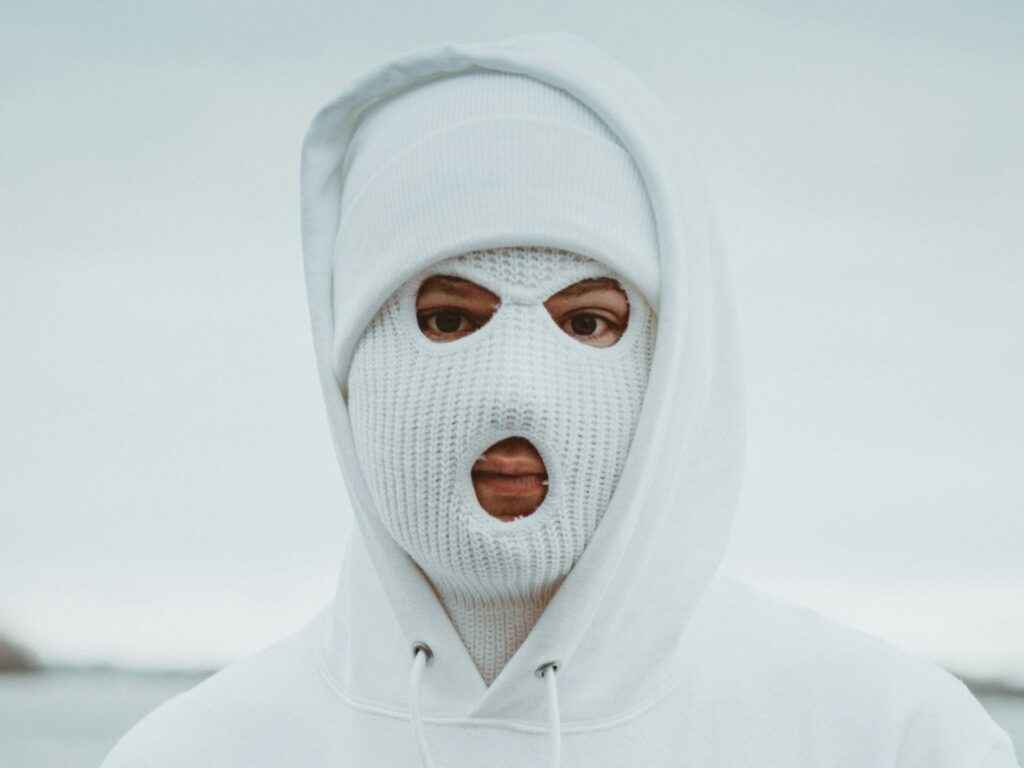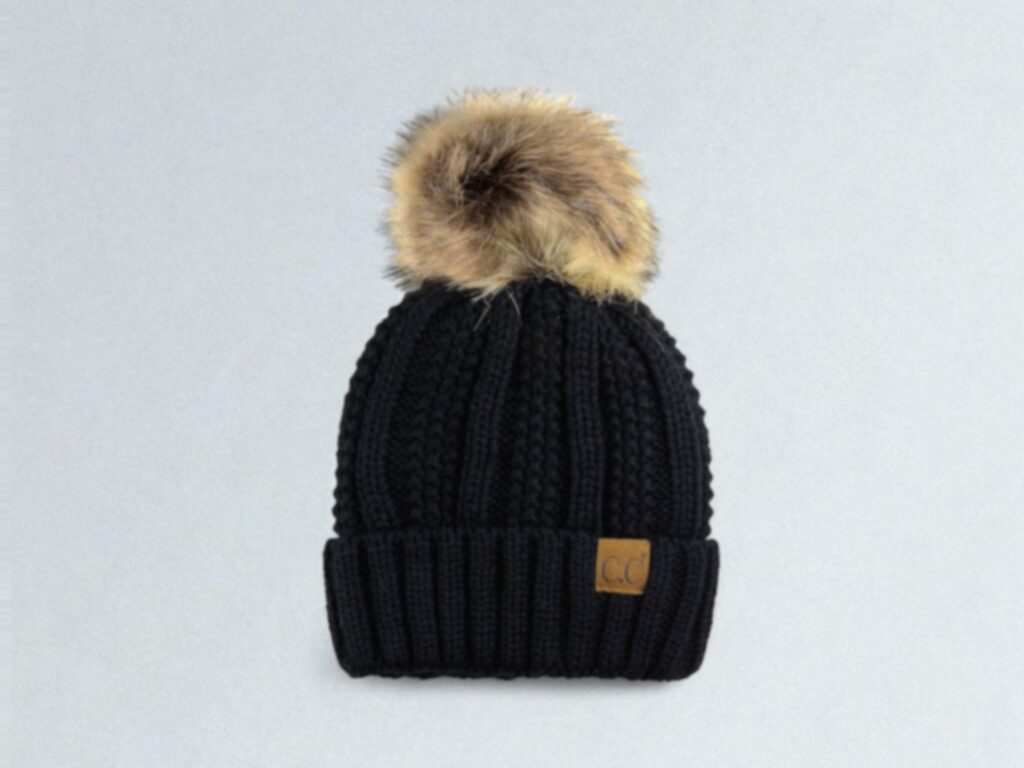Different Types of Winter Hats: A Beginner’s Guide
You’re standing in the store aisle, staring at rows of winter hats. Some have ear flaps, others are sleek and simple. A few look like something your grandmother would love, while others scream, “I ski in the Alps.” Which one actually keeps you warm? Which works for your daily commute versus a weekend hike?
What I’m going to do here is walk you through the main types—beanies, trapper hats, beret (yes, some people wear those in winter), and a few others you’ve probably seen but couldn’t name. I’ll tell you where they shine, when to wear them, and why one style might save your ears on a windy commute while another belongs strictly on a ski slope.
By the time we’re done, you’ll know not just what’s warm, but what feels right for your life, your climate, and even your face shape (because, yes, some hats make your head look like a potato—let’s be honest).
Contents
Classic Winter Hat Types Everyone Should Know
1. The Beanie (Knit Cap)
The beanie is the workhorse of winter hats. It’s that stretchy, close-fitting cap you see everywhere from coffee shops to ski slopes. What makes it so popular? It’s simple—beanies work.

A good beanie sits snug on your head without squeezing, covers your ears completely, and fits under a hood when you need extra protection. The best ones are made from wool or a wool blend. Merino wool regulates temperature beautifully, meaning you stay warm without overheating when you duck into a heated building.
Acrylic beanies cost less and work fine for mild winters or short outdoor trips. But if you’re spending serious time in the cold, invest in wool. The difference is real.
My top suggestion: Look for “Carhartt Acrylic Watch Hat” for durability or “Smartwool Thermal Merino Beanie” for natural warmth.
2. Trapper Hat (Aviator Hat)
This is the winter hat with ear flaps that tie under your chin or on top of your head. Trapper hats came from pilots who needed serious head protection in open cockpits, which tells you everything about their warmth level.

These hats shine in genuinely cold weather—think below 20°F. The ear flaps aren’t decorative. When wind chill drops and a regular beanie leaves your ears aching, a trapper hat solves that problem completely.
Most trapper hats use faux fur lining, though higher-end versions feature real shearling. The outer shell should be water-resistant if you’re dealing with snow. Waxed cotton or nylon works better than plain wool in wet conditions.
Trapper hats are bulky. They don’t fit well under hoods, and you can’t stuff them in a pocket. But when it’s truly freezing and you’re shoveling snow or walking the dog, nothing beats them.
My suggestion: Search “Tough Headwear Trapper Hat” for budget-friendly warmth or “Janey&Rubbins Trapper Hat” for premium quality.
3. Ushanka (Russian Winter Hat)
The ushanka looks similar to a trapper hat, but with thicker flaps and usually a rounder shape. The name means “ear flaps” in Russian, which is straightforward enough.
What separates a ushanka from a regular trapper? The insulation is typically heavier, and authentic ones use rabbit or sheepskin. The flaps are larger and can tie up on top when you don’t need them down.
These are extreme cold-weather hats. If you live somewhere with brutal winters—such as the upper Midwest, Alaska, or northern Canada—a ushanka makes sense. For moderate cold, it’s overkill.
My top pick: Try “Zavelio Leather Ushanka Hat” for authentic styling with modern materials.
4. Balaclava
A balaclava covers everything except your eyes, or in some versions, your whole face. It’s the winter hat type you need for activities like snowmobiling, backcountry skiing, or ice fishing.

The coverage is the point. When temperatures hit single digits and the wind is cutting, exposed skin becomes a problem fast. A balaclava solves this without the bulk of a scarf.
Look for moisture-wicking fabric if you’re doing anything active. Cotton will get damp from your breath and freeze, which defeats the purpose. Merino wool or synthetic performance fabrics work better.
Some people worry about looking intimidating in a balaclava. In appropriate winter settings, nobody thinks twice about it. On a city street in mild weather, maybe skip it.
My top suggestion: Check out “Minus33 Merino Wool Balaclava” for breathable warmth.
5. Pom-Pom Hat
Here’s a fun fact: pom-poms on winter hats originally helped French sailors identify each other by the color of their pom-poms. Now they’re mostly decorative, though some people swear the extra yarn adds warmth at the crown.

Pom-pom hats are just beanies with personality. They work for the same situations as regular beanies, but add visual interest. If you’re tired of plain knit caps, a pom-pom version changes things up without sacrificing function.
The pom-pom itself should be removable if you want versatility. Some snap off, letting you switch between looks or remove them for washing.
My top suggestion: “C.C. Pom Fleece Hat” offers quality at a budget.
Fashion-Forward Winter Hat Types
1. Slouchy Beanie
The slouchy beanie has extra fabric that bunches at the back instead of fitting tightly to your head. It’s more relaxed and casual-looking than a fitted beanie.
Here’s the catch: slouchy beanies are less warm because they don’t seal around your head as well. Air gaps mean heat loss. They work for mild winter days or fashion-over-function situations.
To wear one without looking messy, make sure it slouches intentionally in one direction—usually back—not all over randomly. And keep the front pulled down over your forehead for structure.
My suggestion: “HAMUNI Slouchy Beanie” protects hair while looking good.
2. Beret
A wool beret can work in winter, but let’s be honest—it’s not designed for serious cold. Berets sit on top of your head without covering your ears, which limits their warmth.
For autumn-into-winter weather or days hovering around freezing, a thick wool beret adds style without bulk. Pair it with ear warmers if you need extra coverage.
Berets suit certain face shapes better than others. They add width at the crown, so if you have a round face, wear them tilted to one side rather than straight on top.
My suggestion: “CHAPEAU TRIBE French Beret Hat” is lightweight and comes in multiple colors.
3. Newsboy Cap (Baker Boy Hat)
The newsboy cap has that vintage, peaked look with a rounded crown. Winter versions use wool, tweed, or other heavier fabrics than summer styles.
Practically speaking, newsboy caps don’t cover your ears. They’re better suited for car-to-door situations or mild winter climates. Pair them with earmuffs if you love the look but need more warmth.
They’re more about style than function, and that’s okay. Not every winter hat needs to handle a blizzard.
Amazon product suggestion: “Herringbone Flat Ivy Newsboy Cap” offers authentic styling with winter-weight fabric.
How to Choose the Right Type of Winter Hat
Consider Your Climate
Mild winters (rarely below 30°F): A simple acrylic or cotton-blend beanie works fine.
Moderate cold (15-30°F regularly): Go with wool beanies or fleece-lined options. Make sure your ears are fully covered.
Extreme cold (below 15°F): Trapper hats, ushankas, or wool beanies with ear flaps. Consider layering a balaclava under another hat for the coldest days.
Think About Your Activities
Daily commute: Something easy to stuff in a bag or pocket. A packable merino beanie beats a bulky trapper hat.
Outdoor recreation: Activity-specific matters. Skiing needs a helmet-compatible one. Running needs lightweight and breathable materials.
Standing around at events: Maximum warmth with less concern for moisture-wicking. Thick wool or insulated hats work best.
Hair Considerations
Long hair creates challenges. Either use a beanie with a ponytail hole or wear your hair down and size up in your hat. Don’t try to stuff a high ponytail under a regular beanie—you’ll get a weird bump and the hat won’t sit right.
For preventing hat hair, try these practical steps:
- Don’t put your hat on while your hair is wet
- Use dry shampoo on your roots before wearing a hat
- Choose looser-fitting styles when possible
- Take your hat off indoors instead of wearing it all day
Face Shape Guide
Round faces: Beanies worn higher on the head (less slouch) create length. Avoid berets worn flat.
Long faces: Slouchy beanies or styles with horizontal elements work better than tall, narrow options.
Square faces: Softer shapes like pom-pom beanies or rounded styles balance angular features.
Honestly, though, comfort and warmth matter more than perfectly matching your face shape. Wear what keeps you warm and makes you feel good.
Finding Your Perfect Winter Hat
Winter hats aren’t one-size-fits-all in either the literal or practical sense. The right types of winter hats for you depend on where you live, what you do outside, and how much cold you tolerate.
Start with one versatile option: a wool or wool-blend beanie in a neutral color that covers most situations. From there, add specialized hats as you discover specific needs. Maybe you need a trapper hat for snow blowing, or a lightweight running beanie for early morning jogs.
The best winter hat is the one you’ll actually wear. If a super-warm option feels uncomfortable or looks ridiculous to you, it’ll sit in your closet. Find the balance between warmth, comfort, and style that works for your life.